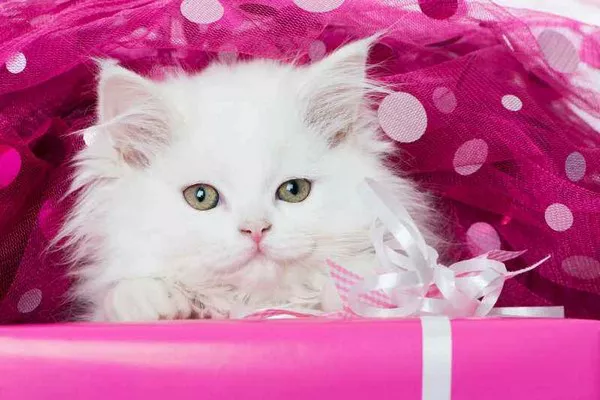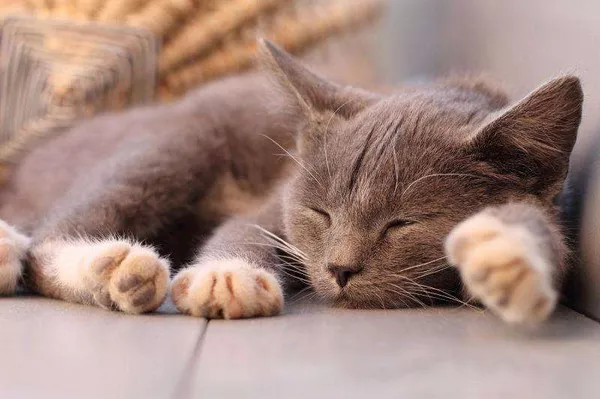In the vast world of cat breeds, enthusiasts often encounter debates and discussions surrounding the characteristics and origins of various breeds. Among these discussions is the comparison between the Cornish Rex and the Siamese, two distinct feline breeds that share certain physical and behavioral traits. However, asserting that the Cornish Rex is merely a variation or derivative of the Siamese would be a misinterpretation of their distinct histories, characteristics, and genetic makeup. In this article, we delve into the intricate details of the Cornish Rex breed, highlighting its unique attributes and dispelling misconceptions about Cornish Rex’s relationship with the Siamese.
Understanding the Cornish Rex:
The Cornish Rex is renowned for its distinctive appearance characterized by its soft, wavy coat, large ears, slender body, and elegant posture. This breed’s origin can be traced back to the 1950s in Cornwall, England, where a genetic mutation resulted in the birth of a kitten with a unique curly coat. Unlike typical cat fur, which consists of three layers—guard hairs, awn hairs, and down hairs—the Cornish Rex’s coat primarily comprises a single layer of down hairs, giving it a velvety texture.
Genetic Mutation and Breeding:
The curly coat of the Cornish Rex is attributed to a spontaneous genetic mutation that affects the keratin structure of the hair follicles. This mutation results in the alteration of the hair shaft, causing it to curl and create the signature rex coat. Breeders carefully select individuals carrying this genetic trait to perpetuate the breed while maintaining its unique characteristics. Unlike the Siamese, which originated from Southeast Asia and exhibits a short, sleek coat, the Cornish Rex’s genetic mutation occurred independently, leading to its distinct appearance.
Physical and Behavioral Characteristics:
While the Cornish Rex shares certain physical traits with the Siamese, such as almond-shaped eyes and a slender build, there are notable differences that set them apart. The Cornish Rex tends to have a more delicate bone structure and a narrower head compared to the Siamese. Additionally, their large, bat-like ears contribute to their distinctive appearance. In terms of temperament, both breeds are known for their affectionate nature and social demeanor, but individual personalities can vary widely within each breed.
See Also:What Do Cornish Rex like to Eat?
Health Considerations:
Like all purebred cats, the Cornish Rex may be prone to certain inherited health conditions. While the breed is generally robust, responsible breeding practices aim to minimize the risk of genetic disorders. Some health concerns that may affect Cornish Rex cats include hypertrophic cardiomyopathy (a heart condition), patellar luxation (dislocation of the kneecap), and certain skin disorders. Regular veterinary check-ups and a nutritious diet are essential for maintaining the overall health and well-being of Cornish Rex cats.
Dispelling Myths:
One common misconception is that the Cornish Rex is a variation of the Siamese breed. While both breeds share some physical characteristics and are recognized for their sleek appearance and engaging personalities, they are distinct breeds with separate origins and genetic backgrounds. The Siamese breed, originating from Thailand (formerly Siam), is known for its striking blue almond-shaped eyes and color-pointed coat pattern, which contrasts with the Cornish Rex’s unique curly coat. Additionally, the Siamese breed predates the Cornish Rex by centuries, further emphasizing their distinct histories.
Conclusion:
In conclusion, the Cornish Rex is a unique and captivating feline breed with a rich history and distinct characteristics that set it apart from the Siamese and other breeds. While both breeds share certain physical and behavioral traits, it is essential to recognize the Cornish Rex’s individuality and appreciate it for its remarkable curly coat, elegant appearance, and affectionate temperament. By understanding the origins, genetics, and traits of the Cornish Rex, we can celebrate this exceptional breed and dispel misconceptions about its relationship with the Siamese.
Related Topics:
























